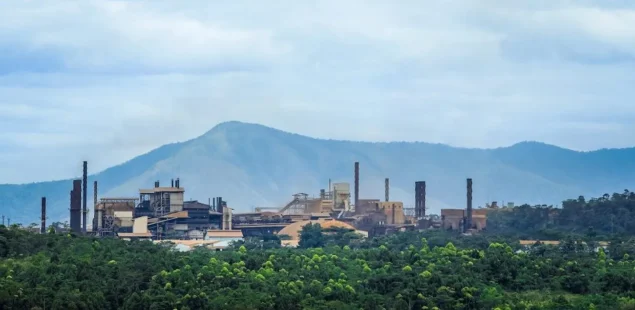
The Global Precious Metals MMI (Monthly Metals Index) posted an 8% month-over-month gain, reflecting a period of intense volatility for the U.S. precious metals market. Over the past five weeks, prices have been pulled in different directions by persistent inflation, shifting interest rate expectations, new tariffs, and escalating geopolitical risks. These forces have driven dramatic swings in precious metals prices, with buyers and procurement teams increasingly turning to data-driven resources to manage risk and optimize sourcing strategies.
Gold: Record Highs and Safe-Haven Demand
Gold has been the standout performer, repeatedly shattering records throughout April. On April 21, spot gold surged to an unprecedented $3,395.84 per ounce, marking a 29% increase since the start of the year. This rally has been fueled by a combination of dollar weakness, central bank accumulation, and heightened global uncertainty. Central banks, particularly in emerging markets, have ramped up gold purchases, while investors continue to seek refuge from volatility in equities and currencies.
Trade policy has played a pivotal role in gold’s ascent. The Trump administration’s aggressive tariffs and the resulting trade war have fueled fears of a global slowdown, prompting further safe-haven buying. Analysts expect gold to maintain its elevated levels in the coming months, with some forecasting a continued upward trend if inflation and policy uncertainty persist.
Silver: Volatility and Industrial Demand
Silver’s performance has been more mixed, oscillating between its roles as a safe-haven asset and an industrial metal. Prices climbed alongside gold in March and early April, briefly hitting their highest level in over a year before retreating. Industrial demand, particularly from the renewable energy sector, continues to provide support, but any downturn in manufacturing could cap further gains. The outlook for silver remains volatile, with analysts divided on whether the metal can sustain its recent momentum if global economic conditions deteriorate.
Platinum and Palladium: Diverging Paths
Platinum and palladium have faced headwinds, largely due to their reliance on the automotive sector. Palladium, in particular, has suffered from declining demand as automakers shift toward electric vehicles and as U.S. tariffs threaten to dampen traditional vehicle sales. Platinum has fared relatively better, benefiting from substitution in catalytic converters as automakers seek alternatives to high-priced palladium. The World Platinum Investment Council forecasts a deepening supply deficit for platinum in 2025, with demand outstripping supply as recycling rates stagnate and mine output remains constrained.



